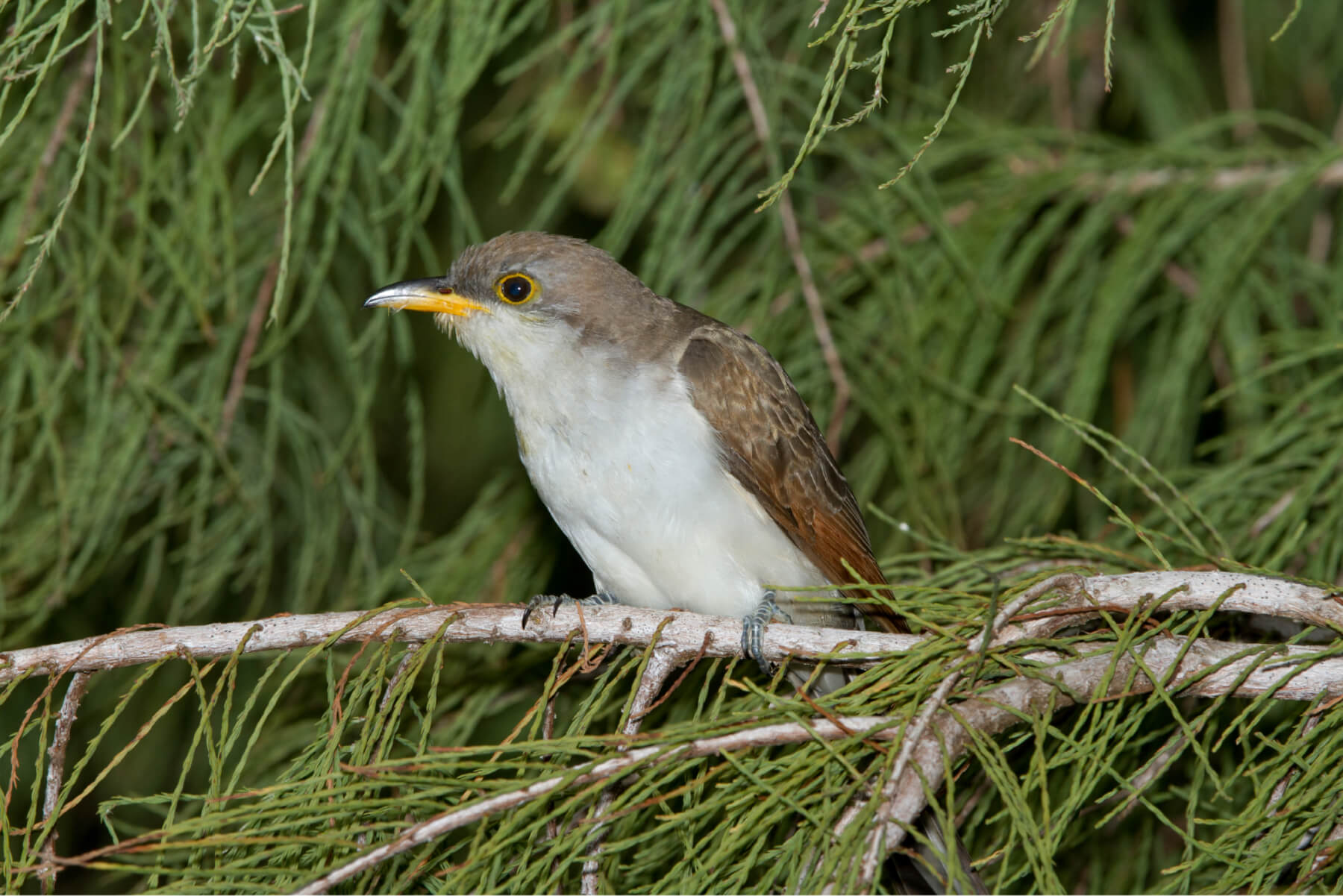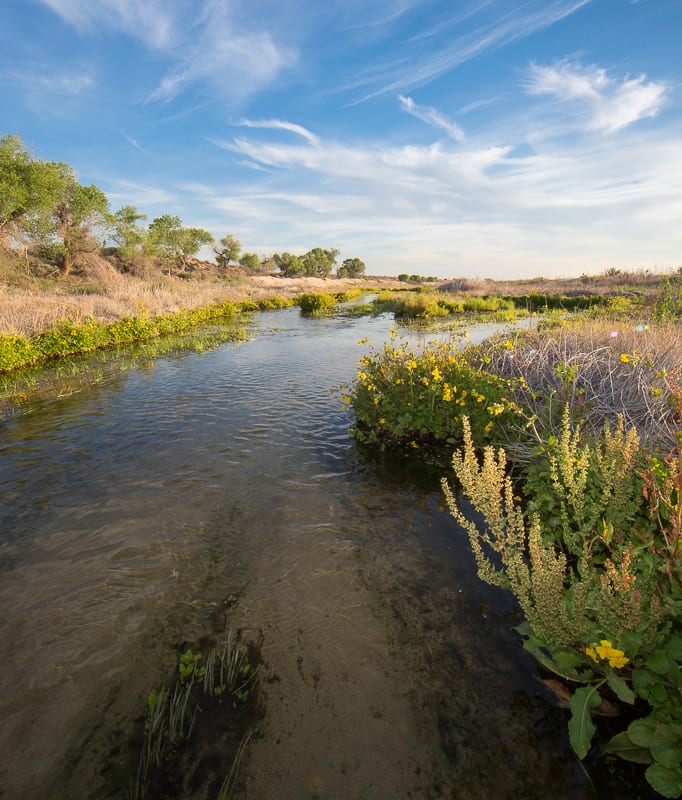Water is precious in California, and nowhere is this more evident than in places like the Mojave Desert. Spanning more than 50,000 square miles, the Mojave is home to the hottest, driest and lowest places in North America. Only four rivers are found in the entire region (by comparison Oregon has over 240, and it’s only twice the size). In the western Mojave, where most population growth has occurred, there is only one: the Mojave River.
The Mojave flows 100 miles from the San Bernardino Mountains to its terminus at Soda Lake, near the town of Baker. The river flows below the surface for much of its length, and only intermittently on the surface. When the underlying bedrock pushes water up, or when a rare rainstorm sends a life-giving pulse down from the mountains, the Mojave appears seemingly out of nowhere. One of the rare stretches where the river flows above ground is known as the Transition Zone. Here, perennial surface flows nourish a lush, 15-mile-long riparian corridor of cottonwood and black willow trees, some of the only significant riparian habitat in the western Mojave Desert.
With explosive growth around Las Vegas and Los Angeles, intense pressure has been placed upon the Mojave River, and the basin’s groundwater has been in overdraft since the 1950s. Excessive water withdrawals for urban development and agriculture, combined with rapid urbanization, are threatening the fragile Mojave River ecosystem more than ever.
In an effort to protect crucial habitat for imperiled Mojave species, WRC purchased the 1,647-acre Palisades Ranch, which sits at the heart of the Transition Zone. In 2018, we conveyed it to our partner, the Mojave Desert Land Trust, which now manages it as a permanent refuge for the region’s diverse plants and wildlife.
The effort protected 3.5 miles of the Mojave River and 800 acres of rare cottonwood-willow riparian forest in an area that is threatened with dense residential development. The project will prove crucial to the recovery of listed species like the southwestern willow flycatcher, least Bell’s vireo and western yellow-billed cuckoo. It will also benefit populations of migratory birds and numerous California species of special concern, including the Mojave River vole, southwestern pond turtle, long-eared owl and the Mohave shoulderband snail. The property has excellent potential habitat for the arroyo toad and Mojave tui chub (both endangered). Imperiled animals like desert tortoise, Mohave ground squirrel and burrowing owl inhabit the upland areas of the property.
The California Wildlife Conservation Board, California Department of Fish and Wildlife, and the U.S. Fish and Wildlife Service generously funded our transfer of the ranch to MDLT for permanent protection.
Funding for the Mojave River Project was made possible through generous contributions from multiple sources, including The David and Lucile Packard Foundation, The William and Flora Hewlett Foundation and with the generous support of many additional individuals, foundations and businesses.











